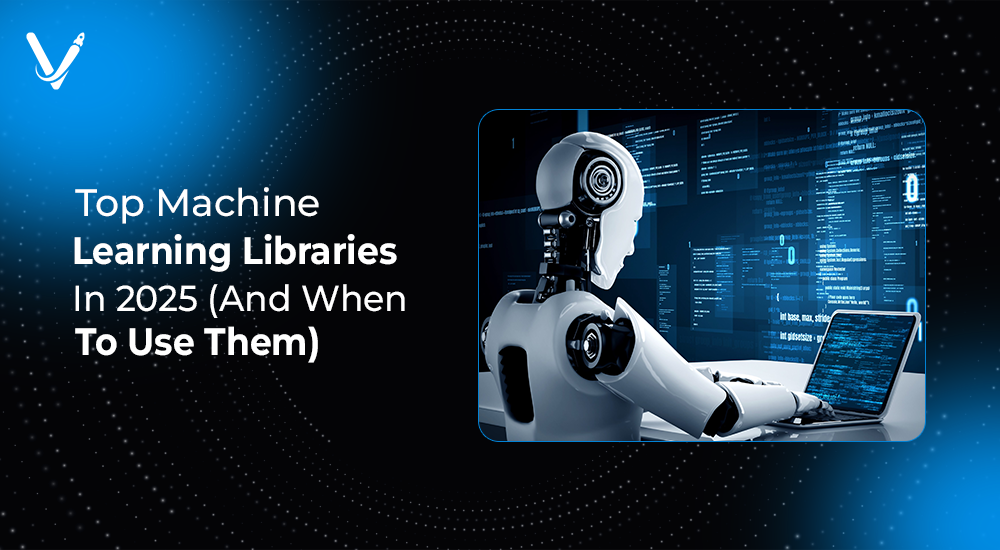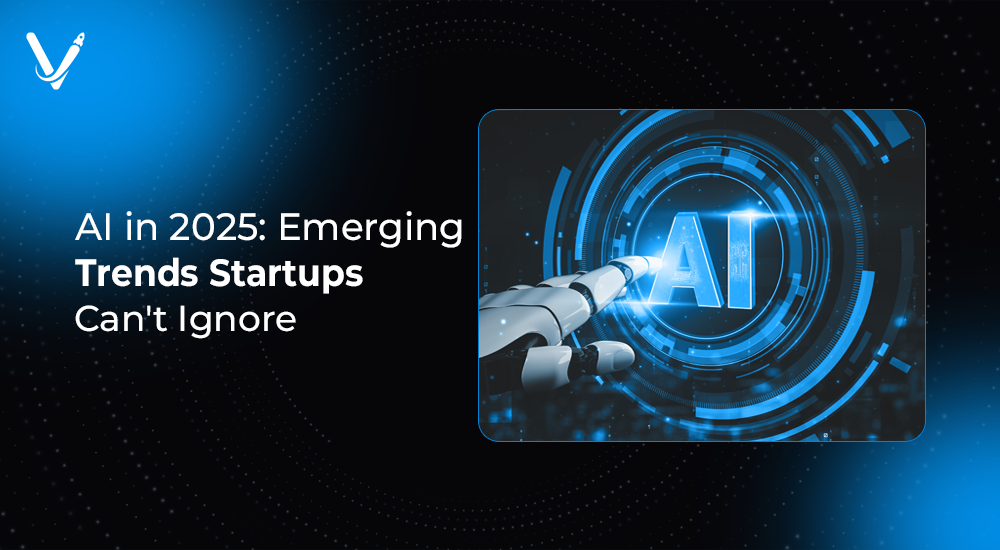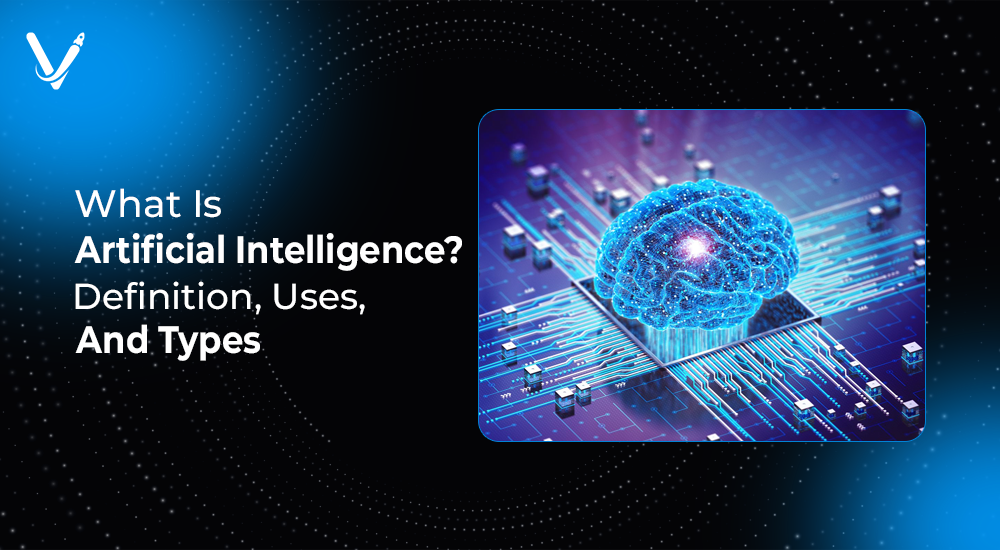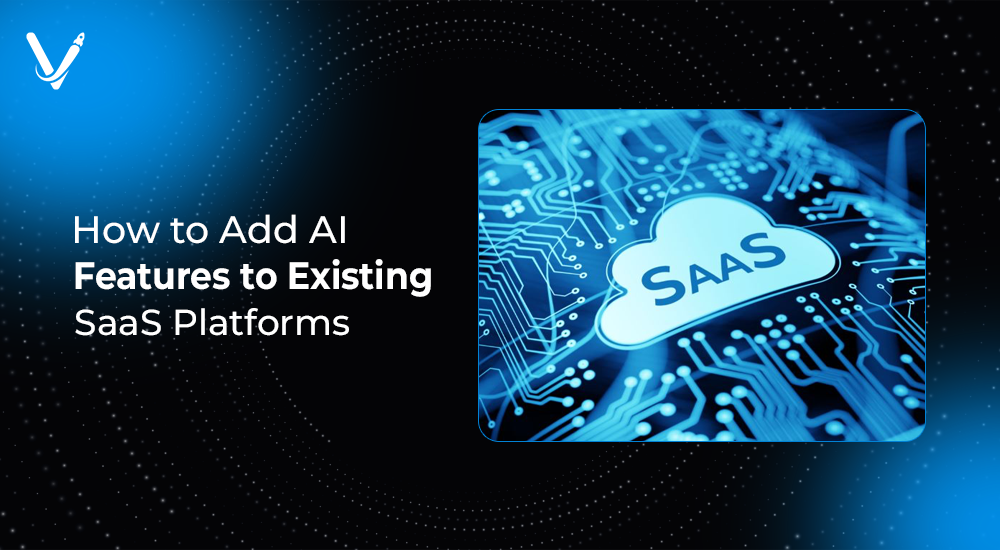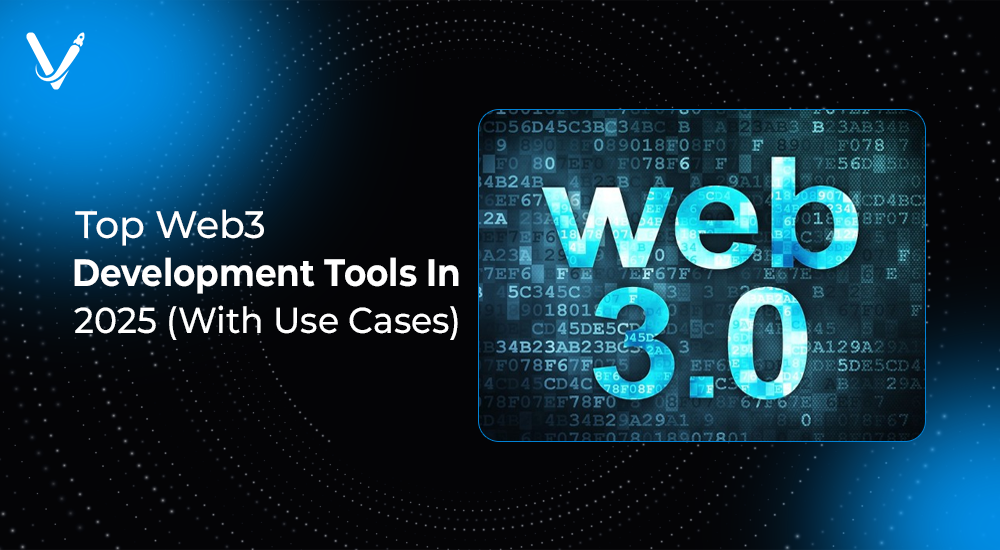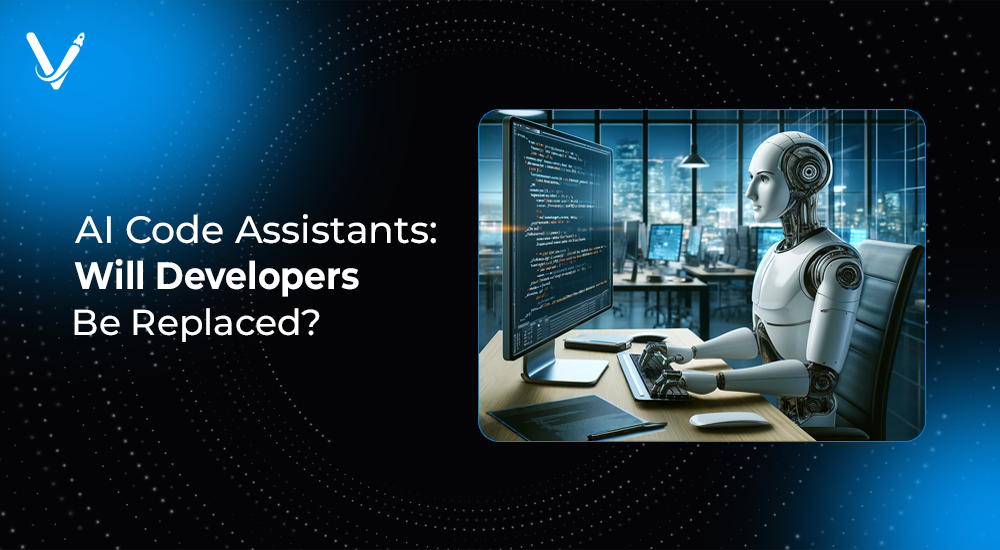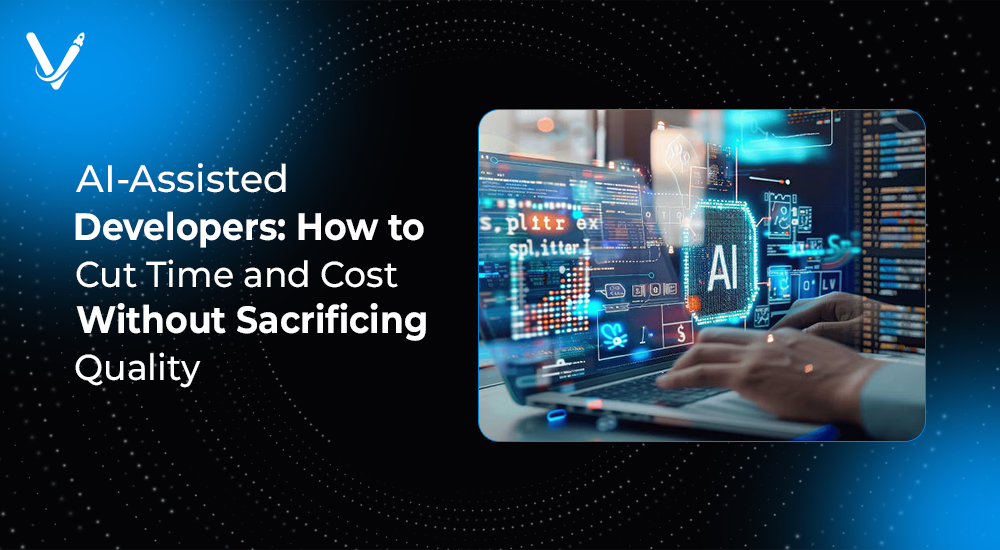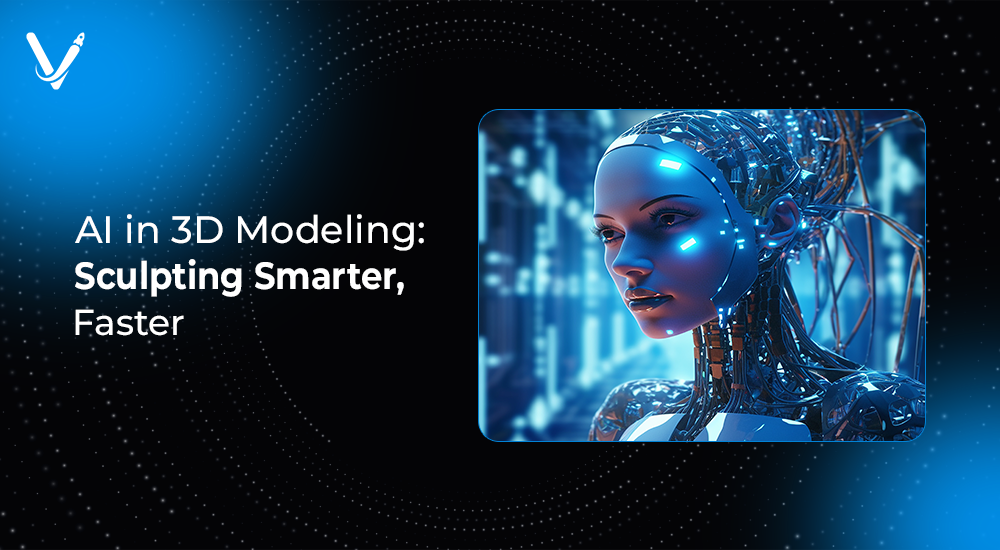Generative AI in IT Ops: Automating More Than Just Code
 Vimal Tarsariya
Vimal TarsariyaJul 2, 2025
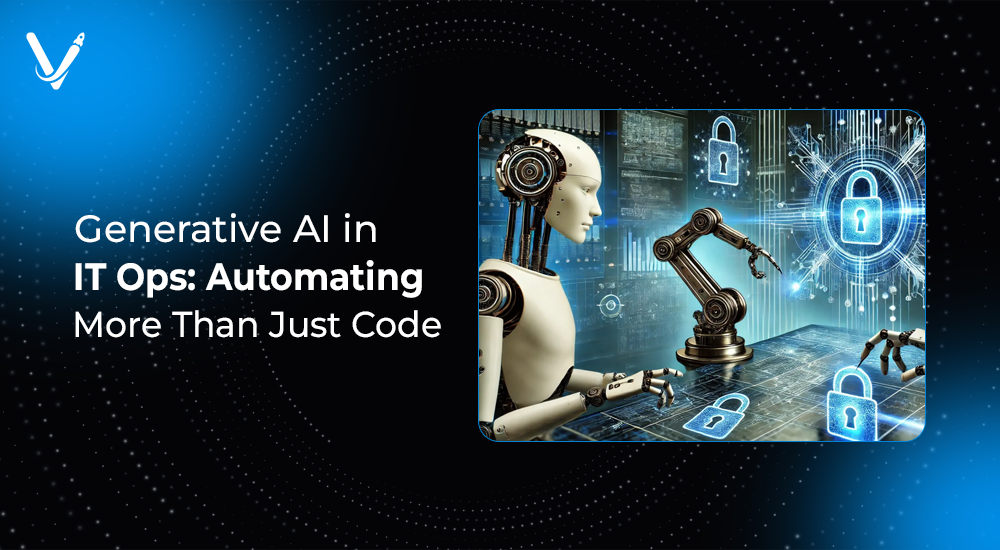
IT operations have traditionally been the backbone of enterprise infrastructure, ensuring uptime, performance, and security across digital systems. With the explosion of cloud computing, DevOps practices, and digital transformation initiatives, IT teams face mounting pressure to manage complexity, respond faster, and minimize downtime. Enter Generative AI for IT Operations—a game-changing innovation that is no longer limited to coding assistance.
Generative AI in business is revolutionizing workflows by creating content, optimizing code, predicting system anomalies, and automating repetitive tasks. But its impact on IT operations is particularly transformative. In this article, we’ll explore how generative AI is reshaping IT management, real-world use cases, top frameworks, and how organizations can adopt these capabilities to boost efficiency, security, and innovation.
Understanding Generative AI in IT Operations
What Is a Key Feature of Generative AI?
At its core, generative AI uses large language models (LLMs) to understand and generate human-like content. This includes code, documentation, scripts, reports, and even system configurations. A key feature of generative AI is its ability to learn from massive datasets and generate contextually relevant, functional outputs, often in real-time.
Generative AI vs. Traditional AI in IT
- Traditional AI in ITOps relies on pattern recognition, rule-based automation, and supervised models to perform anomaly detection or ticket classification.
- Generative AI in IT operations introduces creative, adaptable intelligence. It can:
- Write custom scripts to resolve incidents
- Generate detailed post-mortems
- Draft IT documentation
- Predict and mitigate outages with proactive responses
LLM Frameworks Powering Generative AI
Several LLM frameworks are now at the forefront of building IT-specific generative AI models:
OpenAI’s GPT family (used in tools like GitHub Copilot and ChatGPT)
- Google’s PaLM and Gemini models
- Anthropic’s Claude
- Meta’s LLaMA series
- Cohere and Mistral for enterprise-scale applications
These frameworks enable everything from AI coding to intelligent workflow generation and predictive analytics.
Generative AI Business Applications in IT Operations
While the broader scope of generative AI business applications includes marketing, HR, and customer support, its role in IT is laser-focused on efficiency, reliability, and scale.
Automated Incident Management
Generative AI can:
- Detect anomalies using observability data
- Correlate incidents across infrastructure layers
- Auto-generate remediation scripts
- Create synthetic test cases to simulate resolution before deployment
Real-world example: A cloud service provider used GPT-based models to auto-triage 65% of Level 1 incidents, reducing Mean Time to Resolution (MTTR) by 43%.
Code Generation and Optimization
Many ask: Can I generate code using generative AI models? Absolutely. Generative AI tools:
- Write infrastructure-as-code templates (e.g., Terraform, Ansible)
- Suggest performance optimizations
- Refactor legacy scripts into modern CI/CD pipelines
What is the best AI for coding? GitHub Copilot, Amazon CodeWhisperer, and Tabnine are currently leaders, using LLMs trained specifically for developer workflows.
Intelligent Automation and DevOps
Using AI in DevOps workflows, IT teams can:
- Automate build/deploy scripts
- Generate YAML files for Kubernetes
- Create rollback plans
- Detect misconfigurations before they hit production
Generative AI for IT operations reduces human intervention, preventing outages caused by manual errors.
Predictive Maintenance and Monitoring
Generative AI analyzes historical logs, error trends, and system behavior to:
- Forecast downtimes
- Recommend capacity changes
- Optimize resource allocation in real-time
According to a Gartner study, predictive maintenance using AI can reduce downtime by 30% and extend equipment life by up to 20%.
Documentation and Knowledge Management
Another growing area is generative AI in business documentation:
- Automatic generation of SOPs, changelogs, and runbooks
- Real-time updates to ITSM knowledge bases
- Multilingual support for global teams
Workforce Transformation and Training
Generative AI for workforce training startups is a booming segment. For IT teams, this translates into:
- Interactive tutorials generated based on current stack
- Code review feedback tailored to individual skill levels
- Simulated environments for safe testing
Learn how to build a personalized AI training platform for your teams to stay future-ready.
What Are Two Use Cases for Generative AI in IT?
If you're exploring practical implementations, here are two standout examples:
Use Case 1: Self-Healing Infrastructure
Using generative AI, a fintech company implemented self-healing servers that detected issues, generated and tested fixes in staging, and deployed them—all without manual intervention.
Use Case 2: AI-Augmented IT Helpdesk
An enterprise helpdesk integrated GPT-4 with their ticketing system to:
- Draft replies to common tickets
- Escalate based on semantic understanding
- Auto-resolve issues using generated scripts
This reduced average ticket response time by 58%.
Generative AI Trends in IT Operations
The evolution of generative AI trends in IT is accelerating. Here’s what’s on the horizon:
Shift-Left with AI in DevSecOps
Developers can use AI-generated code and configurations early in the SDLC, catching vulnerabilities before deployment. This trend is reshaping how IT teams embed security into their workflows.
Multi-Agent IT Assistants
Instead of a single AI model, multiple agents—each trained on a specific domain (networking, security, storage)—collaborate to solve issues end-to-end.
Integration with AIOps Platforms
Platforms like ServiceNow, Dynatrace, and Datadog are integrating generative capabilities into their dashboards to suggest remediations, create visual reports, and even execute actions autonomously.
Low-Code/No-Code IT Automation
Generative AI is enabling low-code platforms to build IT workflows with just a prompt. For example, typing “monitor disk space and alert when above 90%” can now auto-generate a complete alerting system.
Getting Started with Generative AI in IT Operations
How to Code AI for IT Automation
You don’t have to be an ML engineer. Here’s how to begin:
- Use Python with APIs like OpenAI, LangChain, or Hugging Face
- Feed your logs, metrics, or CMDB data to the model
- Define prompts like “Generate restart script for service X if CPU > 90%”
Choosing the Right Model
Depending on your use case:
- For AI coding: GPT-4, Code LLaMA, or Claude+
- For chat-based IT assistants: Gemini Pro, Mistral
- For secure, offline use: LLaMA 3 or Phi-3 (small models)
Privacy, Security, and Compliance
When adopting Generative AI in business, especially in IT, you must:
- Ensure data anonymization
- Limit prompt leakage
- Comply with SOC2, ISO 27001, and GDPR if applicable
Building Internal Buy-In
Start small—pilot generative AI for IT operations in one domain (e.g., documentation). Then, use metrics to showcase ROI and scale it up.
Challenges and Ethical Considerations
While generative AI can drive immense value, some risks must be managed:
- Hallucination: AI may generate incorrect or harmful code
- Dependency: Over-reliance on AI may erode engineering skill
- Bias: LLMs may reflect biased training data in decisions
- Access control: Not all AI tools are ready for production without strict role-based permissions
Being proactive about these pitfalls is critical for safe, scalable adoption.
Future Outlook: Beyond Code Generation
Generative AI in IT operations is still in its early innings. In the near future, we expect:
- Autonomous AI teams managing entire infra layers
- Real-time feedback loops between monitoring tools and AI agents
- Cross-functional AI agents that handle IT, HR, and Finance tasks together
The vision is clear: automate not just code, but cognition across the IT stack.
Conclusion: Automation with Intelligence
Generative AI is not just a coding companion—it’s a strategic enabler for modern IT operations. By applying it across incident management, documentation, training, automation, and monitoring, businesses can unlock new levels of resilience and efficiency.
At Vasundhara Infotech, we help enterprises harness the power of generative AI to future-proof their IT workflows. Whether you’re a startup building internal tools or a large enterprise seeking end-to-end automation, our experts can guide you through the transformation.
Ready to automate more than just code? Let’s bring intelligent IT operations to life. Contact our experts.






